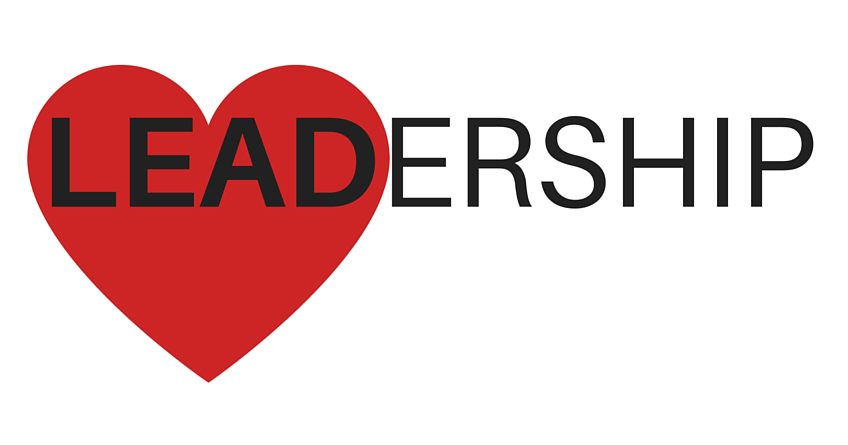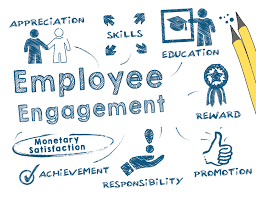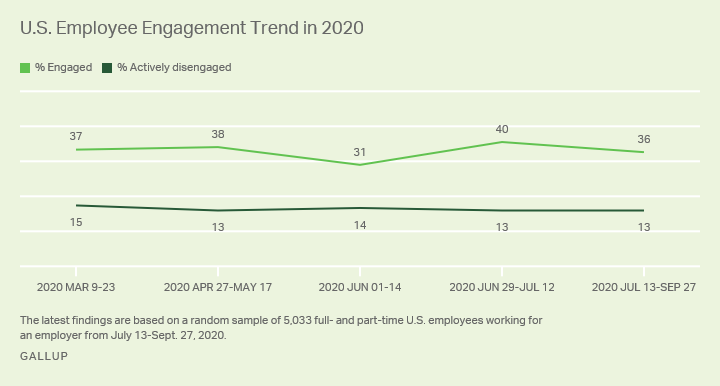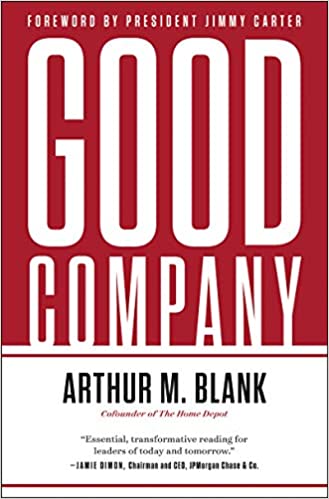
People will follow a leader with a heart faster than a leader with a title – Craig Groeschel
I once read the story about a young woman who wanted to go to college, but her heart sank when she read the question on the application that asked, “Are you a leader?” Being honest and conscientious, she wrote, “No”, and returned the application, expecting the worst.
To her surprise, she received this letter from the college: “Dear Applicant: A study of the application forms reveals that this year our college will have 1,452 new leaders. We are accepting you because we feel it is imperative that they have at least one follower.”
One of the hardest things for new and aspiring leaders to learn is that leadership is not about titles or positions. It’s one of the hardest things for veteran leaders to remember.
I don’t have to tell you that we live in a divisive culture on many fronts. My focus in leadership is not to get into the weeds of what divides us, but rather in the context of those things, point us in a better direction.
Reimagining the heart of leadership begins when we make shifts to the following five areas in our lives. This list is not an exhaustive one but rather a starting place on the journey.
Reimagining the heart of leadership begins with humility
In my 30+ years in leadership, the most inspiring and most memorable leaders I’ve come to know are those who lead with humility. During this time, I have met my fair share of leaders who live it, and I’ve met those who talk about it but whose actions are far from it. How about you?
I like the way Paul David Tripp defines humility. He puts it this way, “Humility means you love serving more than you crave leading.” The day your desire to serve others is greater than your desire for recognition, power, or a position, is the day you can reimagine what the possibilities of your leadership are. Click To Tweet
Reimagining the heart of leadership begins with empathy
One of the defining characteristics of your leadership is the ability to translate empathy into action with your people. A seasoned leader can relate to the one just starting out and can serve a valuable role in his or her leadership development.
“Empathy is about standing in someone else’s shoes,” said Daniel Pink, “feeling with his or her heart, seeing with his or her eyes.” As an empathetic leader, your possibilities are endless.
Reimagining the heart of leadership through empathy will move you from being an observer of your people to being a developer of your people. Empathy is a great instrument in your leadership toolkit.
Reimaging the heart of leadership begins with your attitude
The game-changer in your leadership has been and always will be your attitude. In the culture in which we live it’s easy to be cynical or discouraged. Many have lost hope.
Reimagining the heart of leadership happens when you realize that you will never rise above the attitude you have. As John Maxwell said, “The greatest day in your life and mine is the day we take total responsibility for our attitudes. It’s the day we truly grow up.”
You and I have a choice as it relates to our attitudes and we must do everything within our power to protect it. No one can do it for you. It’s an inside job so be intentional when it comes to attitude changes you need to make.
Reimagining the heart of leadership begins with relationships
Relationships are essential in leadership. They matter now more than ever. If we’ve learned anything in the last year during this pandemic, we’ve learned that people have an innate desire to be together.
Relationships certainly look a lot different now as compared to a year ago. But the need for them is greater than ever. Click To TweetReimagining the heart of leadership begins when we all remember that it is through relationships that we grow, reach our potential, and accomplish more than we could ever have imagined by ourselves.
Reimagining the heart of leadership begins with transparency
One of the greatest challenges you will deal with as a leader is that of transparency. Many leaders tend to be guarded. They don’t like the vulnerability that comes with it and tend to build walls that too few are able to see above.
Mother Teresa gave us this advice, “Honesty and transparency make us vulnerable. Be honest and transparent anyway.” And this is the call to leadership that we need today.
Reimagining the heart of leadership begins with an understanding that we are all works-in-progress. And so long as we remain humble and teachable our transparency will set us free to be who we are as we strive to be all God created us to become.
Are you ready to reimagine the heart of your leadership?
©2021 Doug Dickerson

The Cardinal Point Leadership Podcast is coming in January 2021! The Cardinal Point Leadership Podcast is for leaders young and old. My desire is simple – to cut through the clutter and deliver leadership content that is relevant, practical, and useful. Here we will talk about leadership development, employee engagement, servant leadership, and much more.












